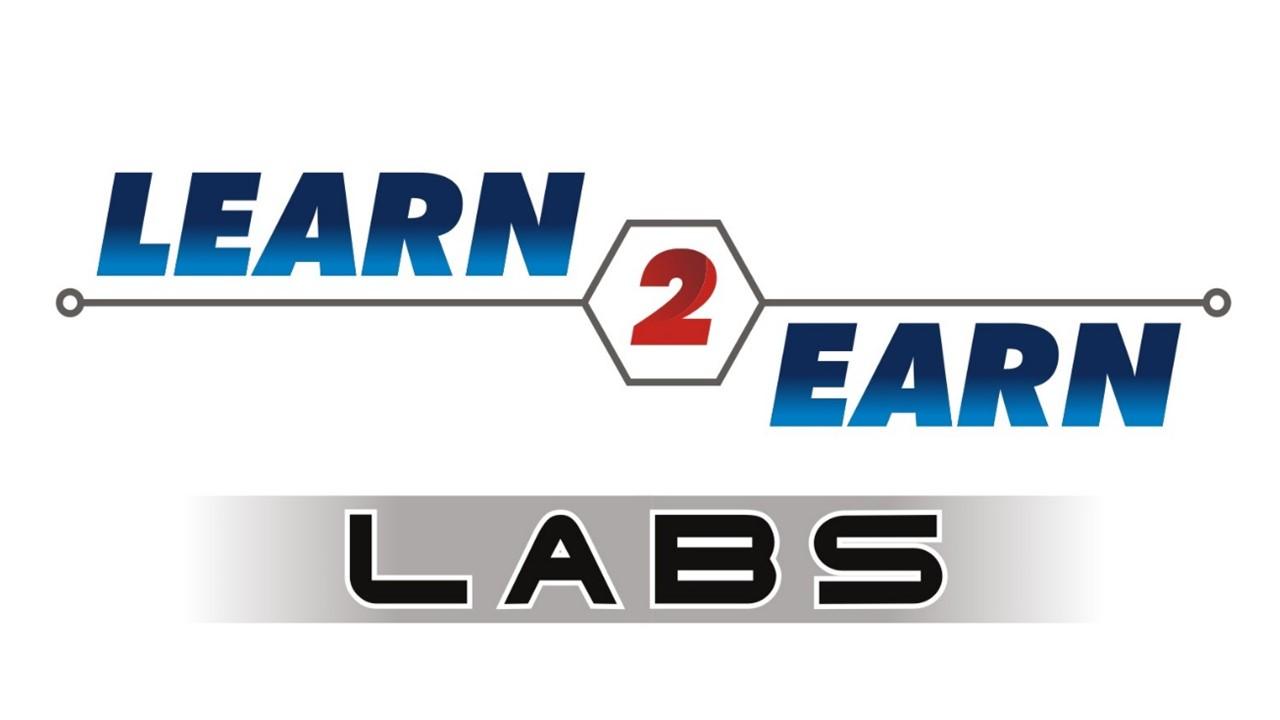GraphQL Assignments — Model. Resolve. Master.
Strengthen your API skills with topic-wise GraphQL assignments. Each set contains 20 Basic, 20 Intermediate, and 10 Advanced questions—taking you from schema design to production-ready servers and clients.
Why practice with these assignments?
- Go beyond theory—design schemas, write resolvers, and ship features.
- Internalize GraphQL’s type system, execution, and data-fetching model.
- Learn auth, pagination, caching, and performance patterns used in real projects.
- Prepare for interviews and full-stack roles with tasks that mirror actual product work.
How it works
- Choose a topic from the list.
- Attempt questions in order: Basic → Intermediate → Advanced.
- Use GraphiQL/Playground to run operations; inspect responses and errors.
- Add tests, measure performance, and refactor for clarity.
- Save your best solutions as portfolio-ready examples.
Notes:
- Focus is Node.js with Express and either Apollo Server or graphql-http/graphql-yoga.
- You may use JavaScript or TypeScript.
- Client exercises reference Apollo Client / URQL concepts where applicable.
- Keep all work local—no cloud services are required.
What you’ll achieve
- Clear mental model of schema → operation → resolver → response.
- Confidence with queries, mutations, subscriptions, and fragments.
- Practical handling of N+1, auth, validation, pagination, and errors.
- Production habits: complexity limiting, persisted queries, caching, and testing.
Who should use this page?
Beginners learning GraphQL, React/Node developers, and anyone transitioning from REST to a typed, declarative data layer.
Tips for success
- Design first: model types and relationships before writing resolvers.
- Keep fields non-null by default where appropriate; fail loudly, handle errors clearly.
- Prevent N+1 with batching/caching; profile before micro-optimizing.
- Prefer cursor pagination for stable lists and forward/backward navigation.
- Enforce limits: depth/complexity, timeouts, and persisted/APQ in higher-risk contexts.
- Put auth in the context layer; keep resolvers pure and testable.
- Document your schema with descriptions; deprecate instead of breaking.
Ready to build real confidence in GraphQL? Pick a set below and start solving!
FAQs
Q1. Do I need React to do these assignments?
No. Client topics may mention React libraries, but there are also server-only tracks included.
Q2. Do I need a database?
Not strictly. You can start with in-memory or mock data, then add a real database for advanced tracks.
Q3. How do I verify correctness?
Use GraphiQL or Playground, check types and nullability, assert error shapes, and write tests for resolvers and operations.
Q4. Are there solutions available?
Yes. Selected topics include reference implementations, but you should review them only after attempting the tasks yourself.
Q5. What topics are covered in these assignments?
Assignments include schemas, queries, mutations, resolvers, fragments, subscriptions, API integration, and error handling.
Q6. Do I need to install extra tools?
Yes. You will need Node.js and npm for server-side GraphQL. Tools like Apollo Server, Apollo Client, or GraphQL Yoga may also be used.
Q7. Can I connect GraphQL with REST APIs or databases?
Yes. Advanced assignments include wrapping REST APIs with GraphQL and connecting resolvers to databases like MongoDB or PostgreSQL.
Q8. How much time should I spend per assignment?
Plan 20–60 minutes per difficulty band per topic. Larger capstone projects may take longer.
Q9. Can I do these assignments without internet access?
You can complete local schema and resolver tasks offline, but API and integration assignments require internet access.
Q10. Can these assignments help me in job interviews?
Definitely. GraphQL is widely used in modern applications. These assignments will help you explain schemas, queries, mutations, and real-world implementations in interviews.
